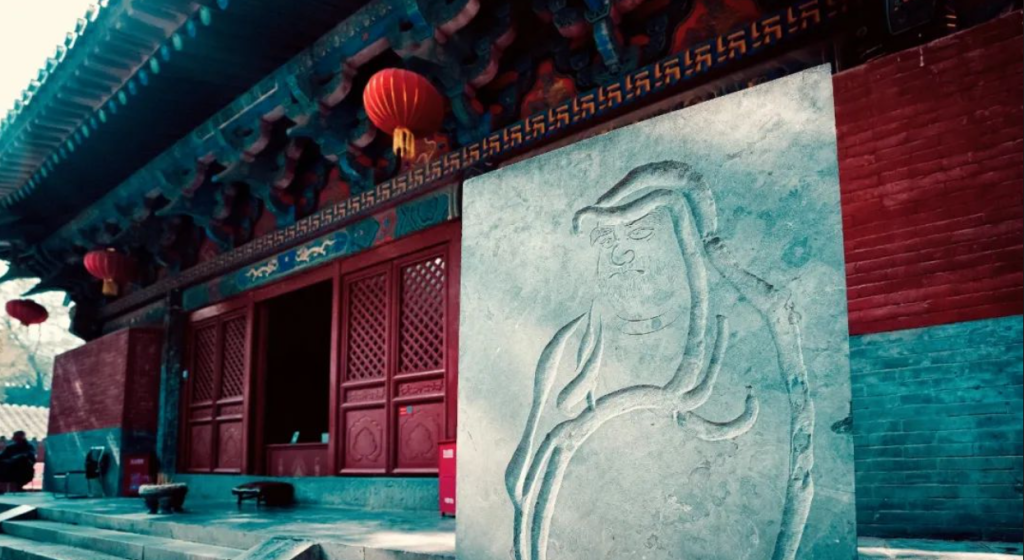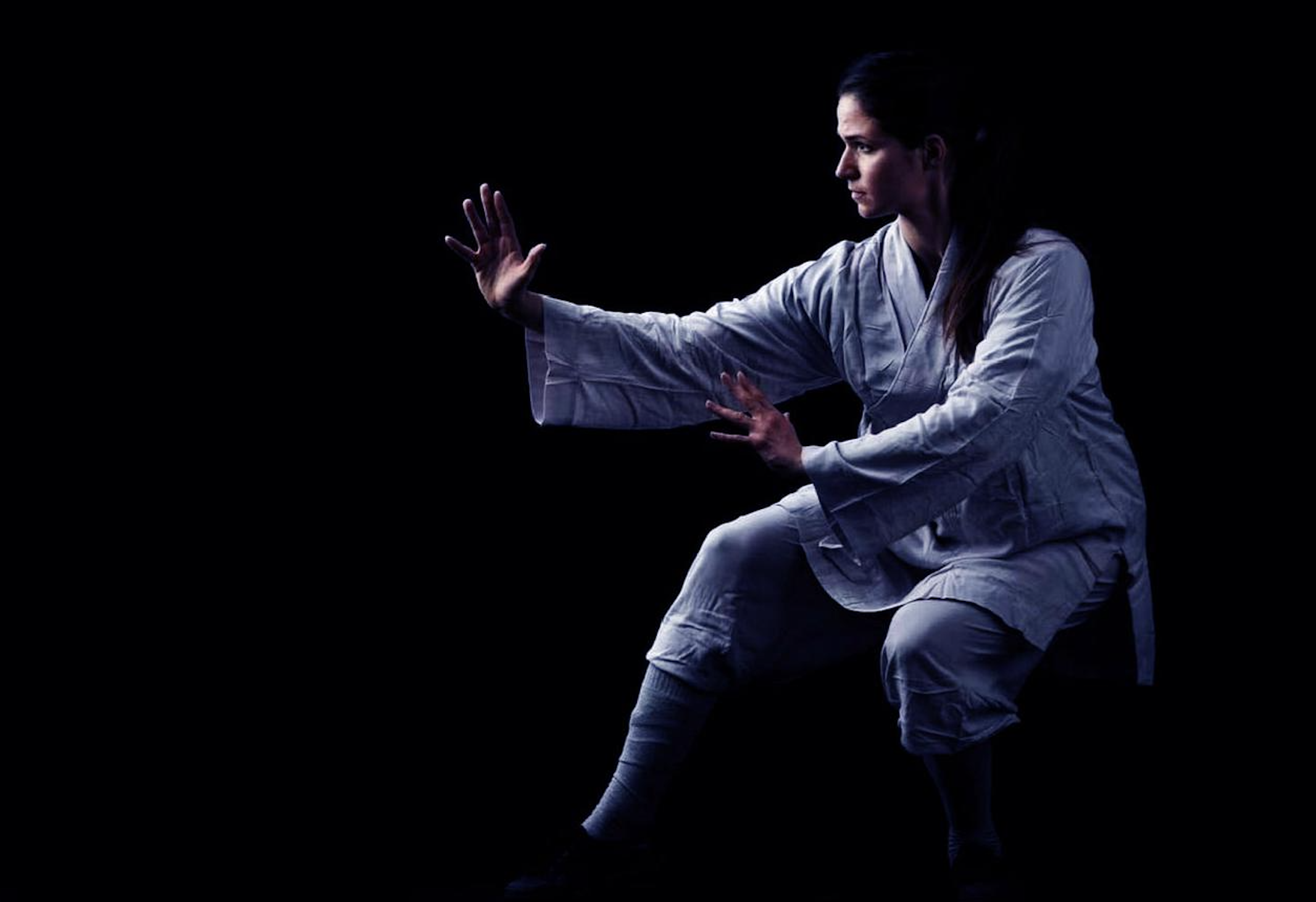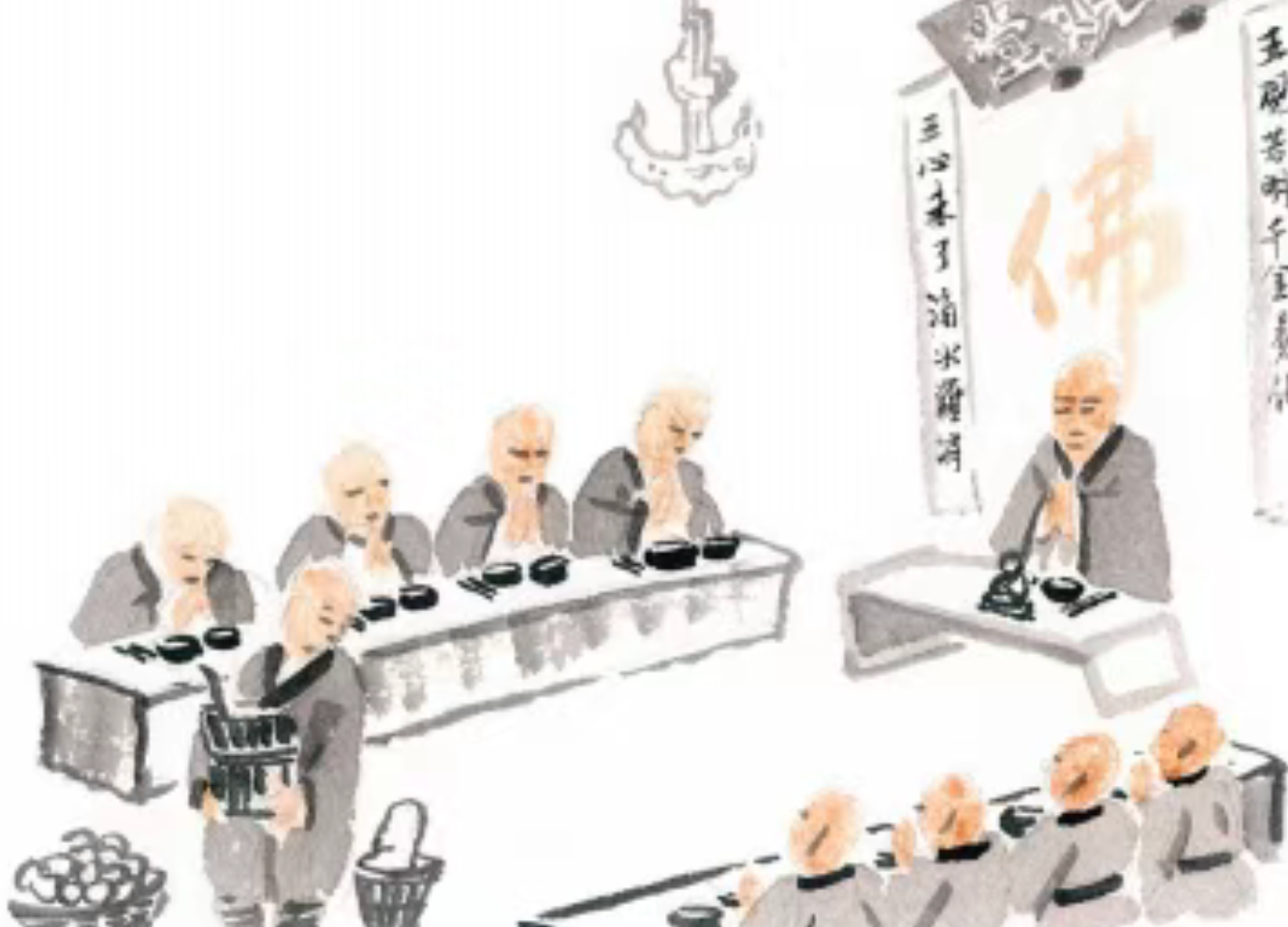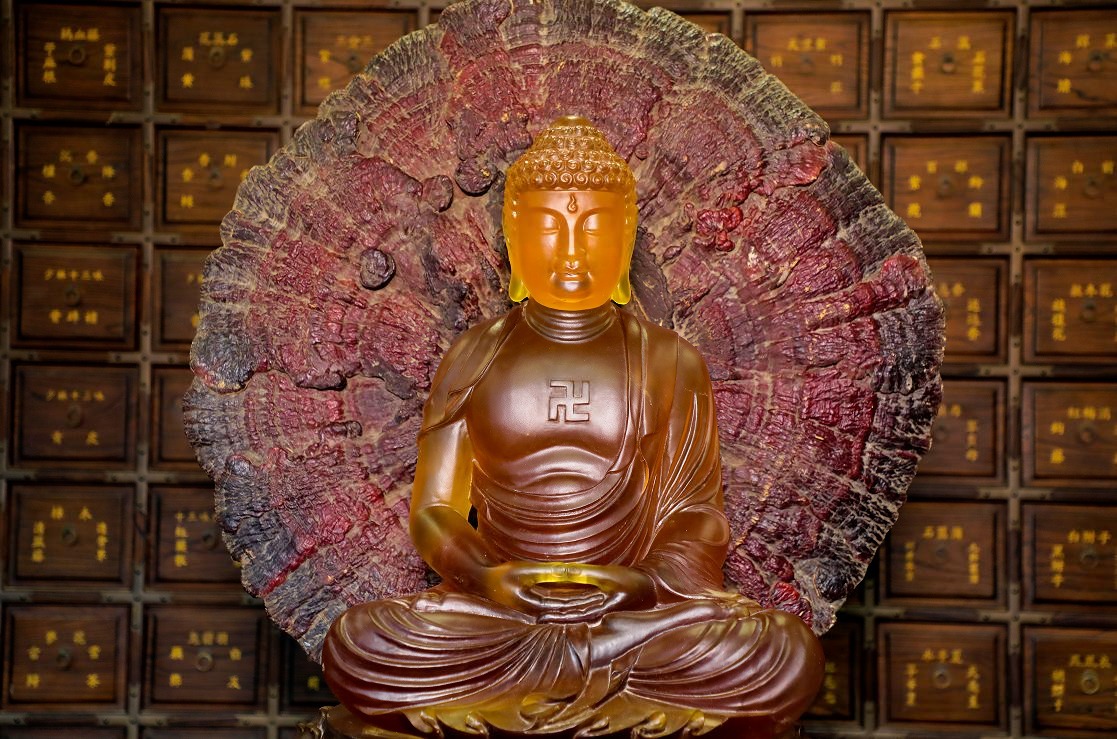
What is Art? The Expression of Art in Shaolin
Art (Yi Shu) is the manifestation of the human spirit—a way to express beauty, truth, and the depths of consciousness. In Shaolin, art is not merely for aesthetic pleasure but a path to enlightenment, blending martial discipline, Zen wisdom, and creative expression.
1. The Essence of Art in Shaolin Philosophy
According to Zen teachings, true art arises from a mind free of attachment.
“Before enlightenment, chop wood, carry water.
After enlightenment, chop wood, carry water.”
- Wu Wei (无为) – Effortless Action
- The most profound art is natural, like flowing water or the movement of wind.
- Shaolin monks practice calligraphy, painting, and martial forms with no-mind (无心), where skill becomes instinct.
- Zen Aesthetics (禅意美学)
- Simplicity (Jian Dan), emptiness (Kong), and spontaneity (Zi Ran) define Shaolin art.
- A single brushstroke in calligraphy can embody decades of meditation.
2. The Forms of Art in Shaolin
① Martial Arts as Living Sculpture (武术即活雕塑)
Shaolin Kung Fu is not just combat—it is dynamic art in motion.
- Animal Styles (象形拳)
- Movements imitate tigers, dragons, and cranes, blending beauty with deadly precision.
- Weapon Forms (器械套路)
- The staff (Gun), sword (Jian), and whip-chain (Bian) are wielded with poetic grace.
“A warrior’s dance is a prayer in motion.”
② Calligraphy: The Dance of Zen (书法:禅之舞)
Shaolin calligraphy (Shu Fa) is meditation in ink.
- ”Chan” (禅) Character
- Written in a single breath, symbolizing the unity of mind and body.
- Ink-Wash Painting (水墨画)
- Monks paint Buddhas, dragons, and landscapes with minimal strokes, leaving space for the unseen.
③ Sacred Music & Chanting (梵呗与唱诵)
Sound is a direct path to the divine.
- Sutra Chanting (诵经)
- The rhythmic recitation of Heart Sutra or Om Mani Padme Hum purifies the mind.
- Zen Flute (禅笛)
- Monks play bamboo flutes in meditation, their notes dissolving into silence.
④ Temple Architecture: A Mandala in Stone (建筑:石中曼陀罗)
Shaolin Temple itself is a masterpiece of sacred geometry.
- Pagodas (塔林)
- The Forest of Pagodas holds the ashes of enlightened masters, each structure a silent sermon.
- Murals & Carvings (壁画与雕刻)
- Depicting Bodhidharma’s journey, Arhats in meditation, and celestial protectors.
3. The Deeper Meaning: Art as Dharma (艺术即佛法)
In Shaolin, art is not separate from spiritual practice—it is practice.
- The Tea Ceremony (茶道)
- Preparing tea becomes a meditation on impermanence (Wu Chang).
- Sand Mandalas (沙坛城)
- Monks create intricate sand paintings, only to sweep them away—teaching detachment.
“Form is emptiness, emptiness is form.”
— Heart Sutra
4. Modern Shaolin Art: Bridging Tradition & Innovation
Today, Shaolin culture continues to inspire:
- Kung Fu Performances
- Global tours showcase martial arts as a theatrical spectacle.
- Zen Photography
- Monks capture moments of stillness in a chaotic world.
- Digital Thangka Art
- Ancient Buddhist scroll paintings reimagined with modern technology.
Conclusion: Art as Awakening
True art in Shaolin is not about skill alone—it is about seeing the Buddha-nature in all things.
“The ordinary mind is the Way.
The everyday action is Zen.”
May all who encounter Shaolin art touch the boundless within the finite. Amitabha.



